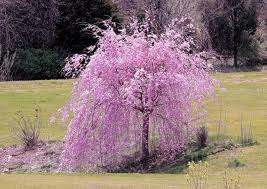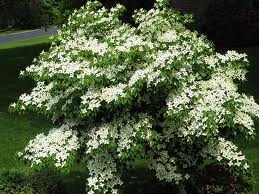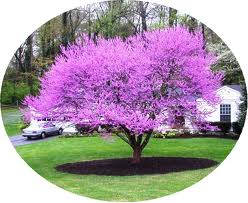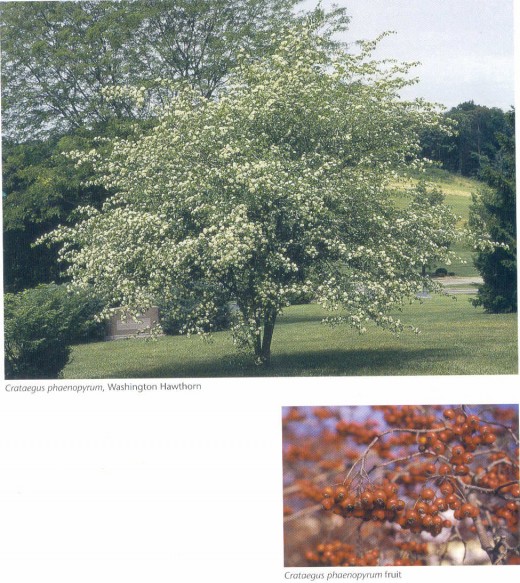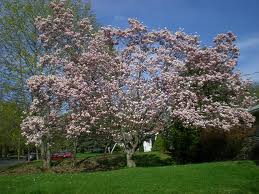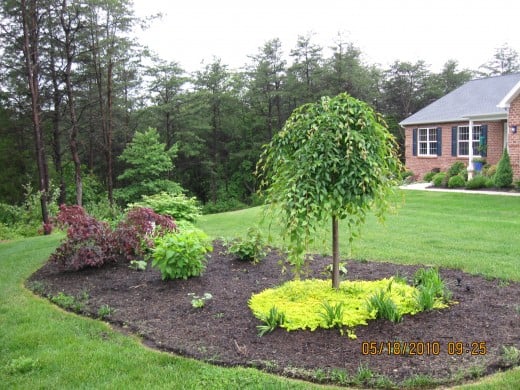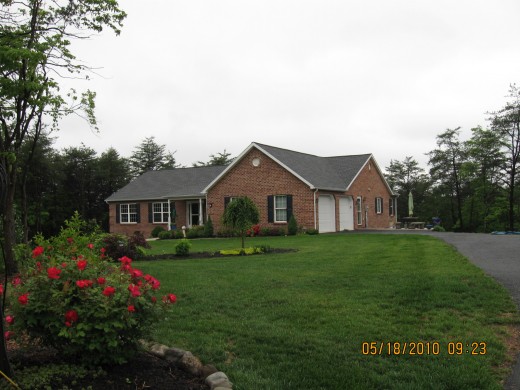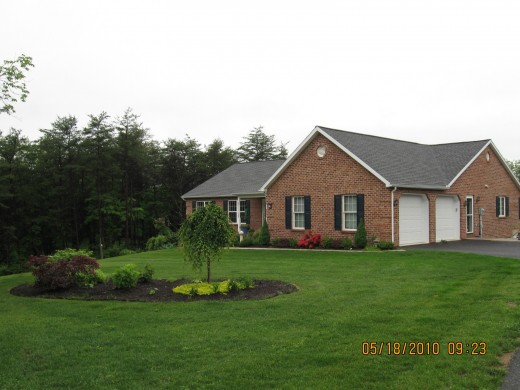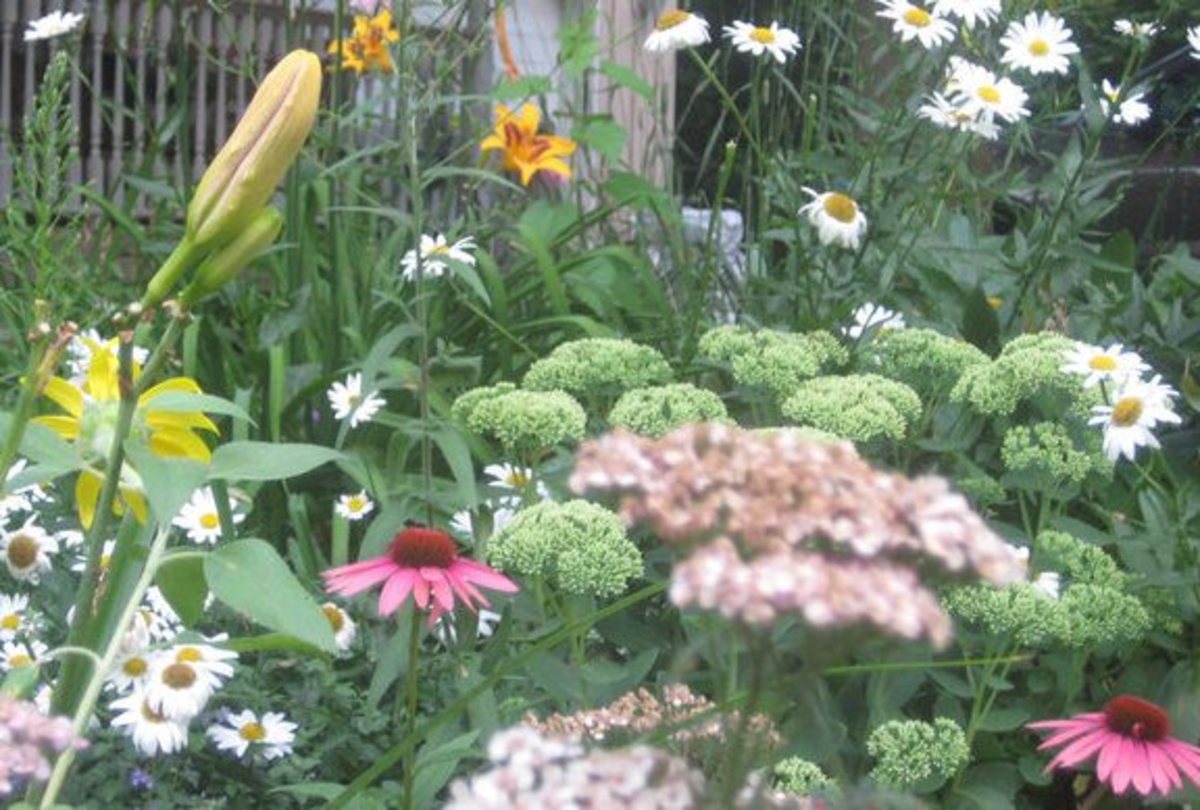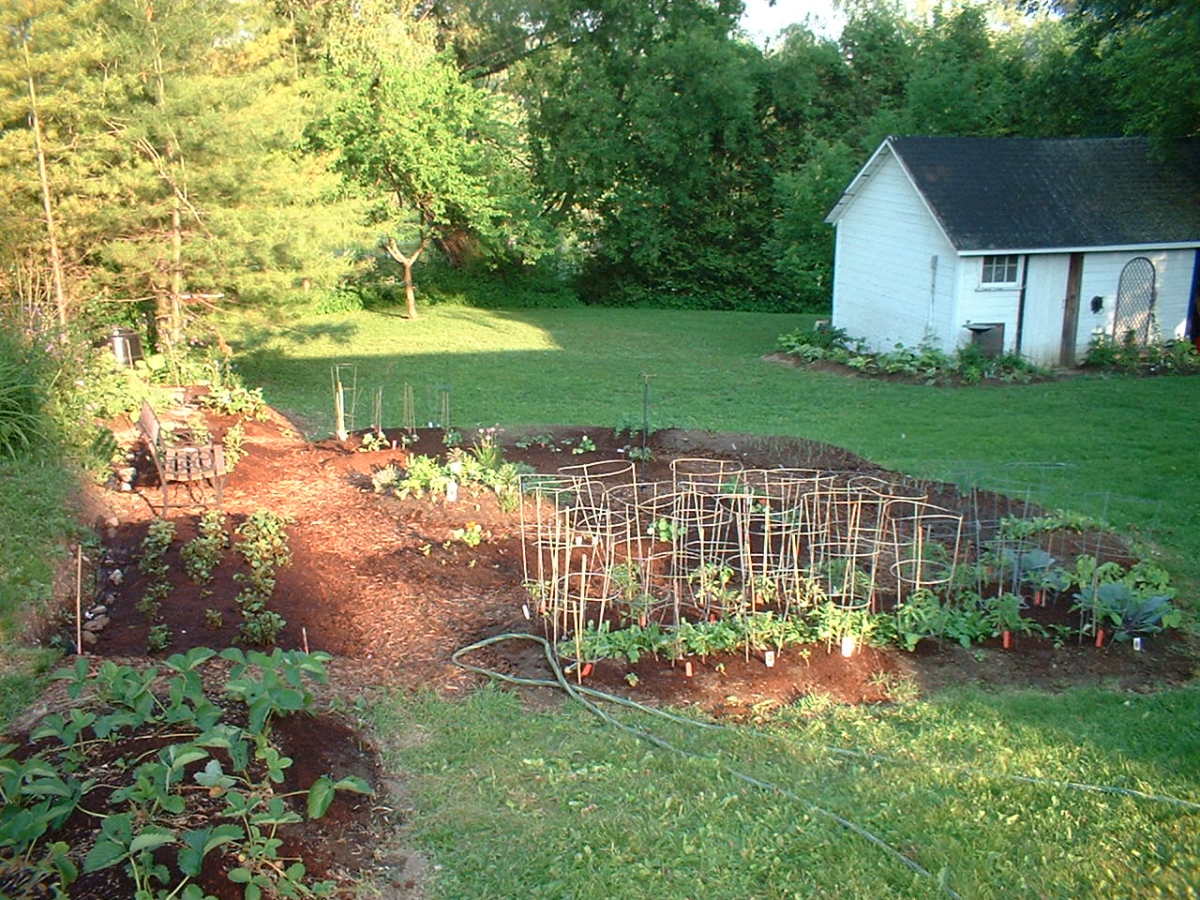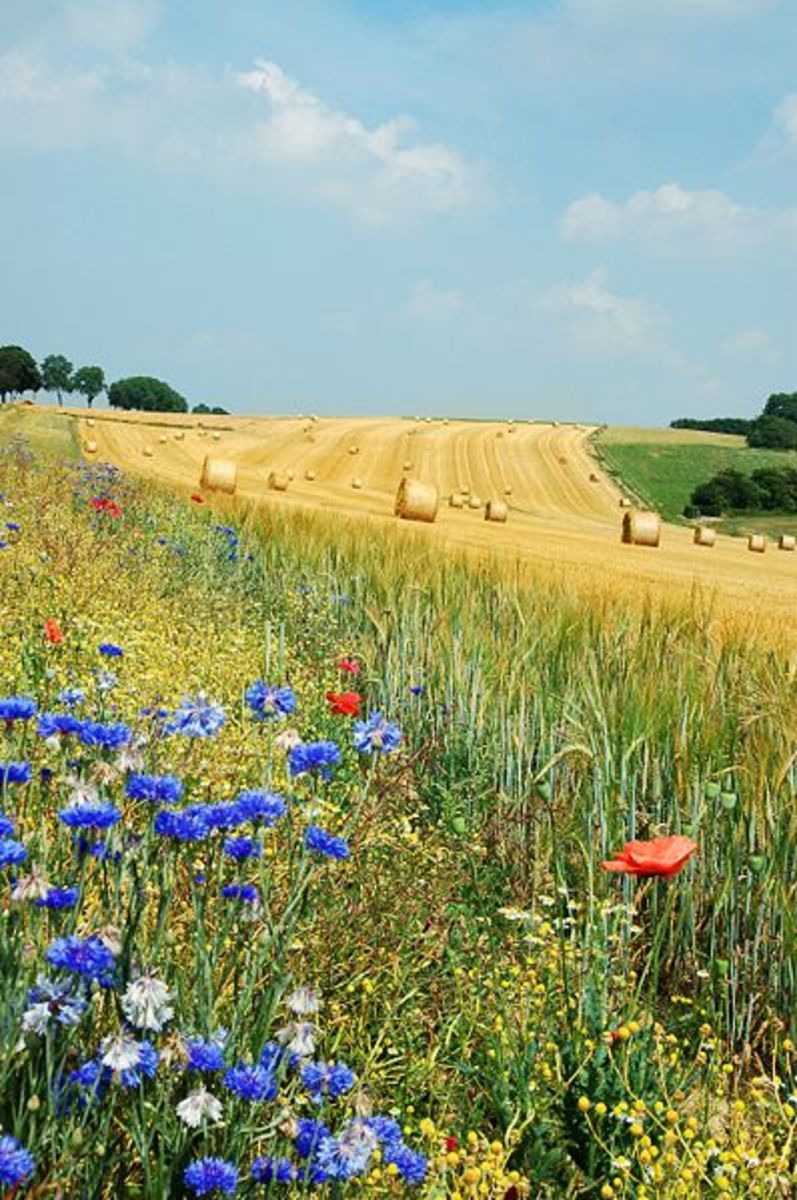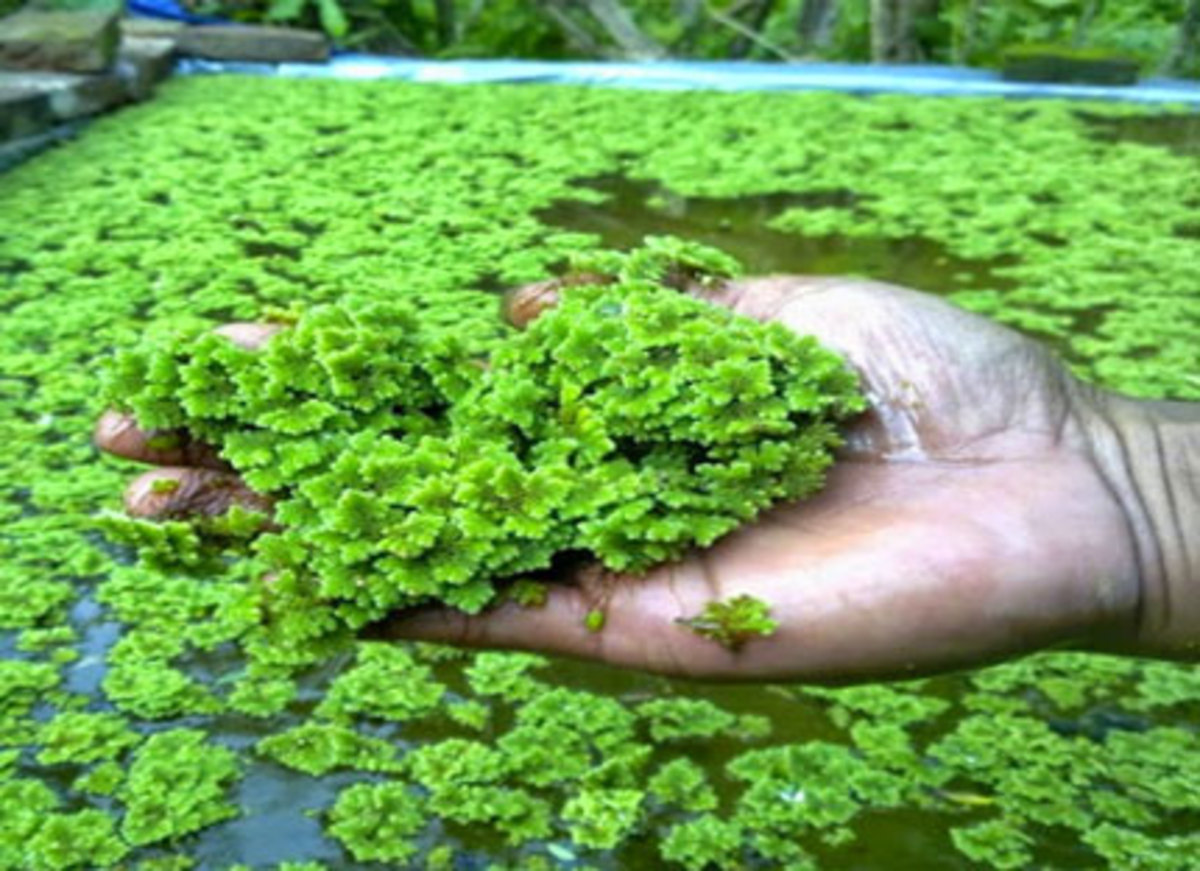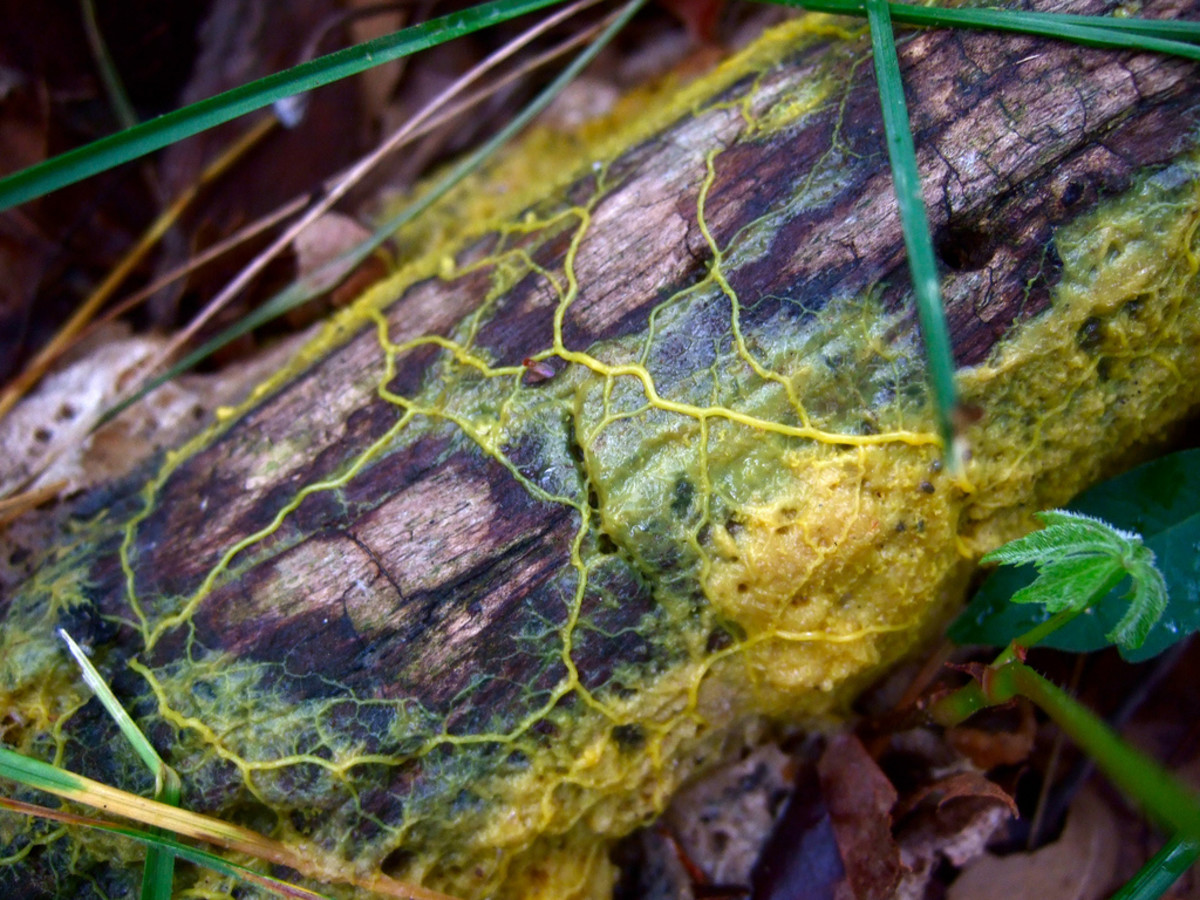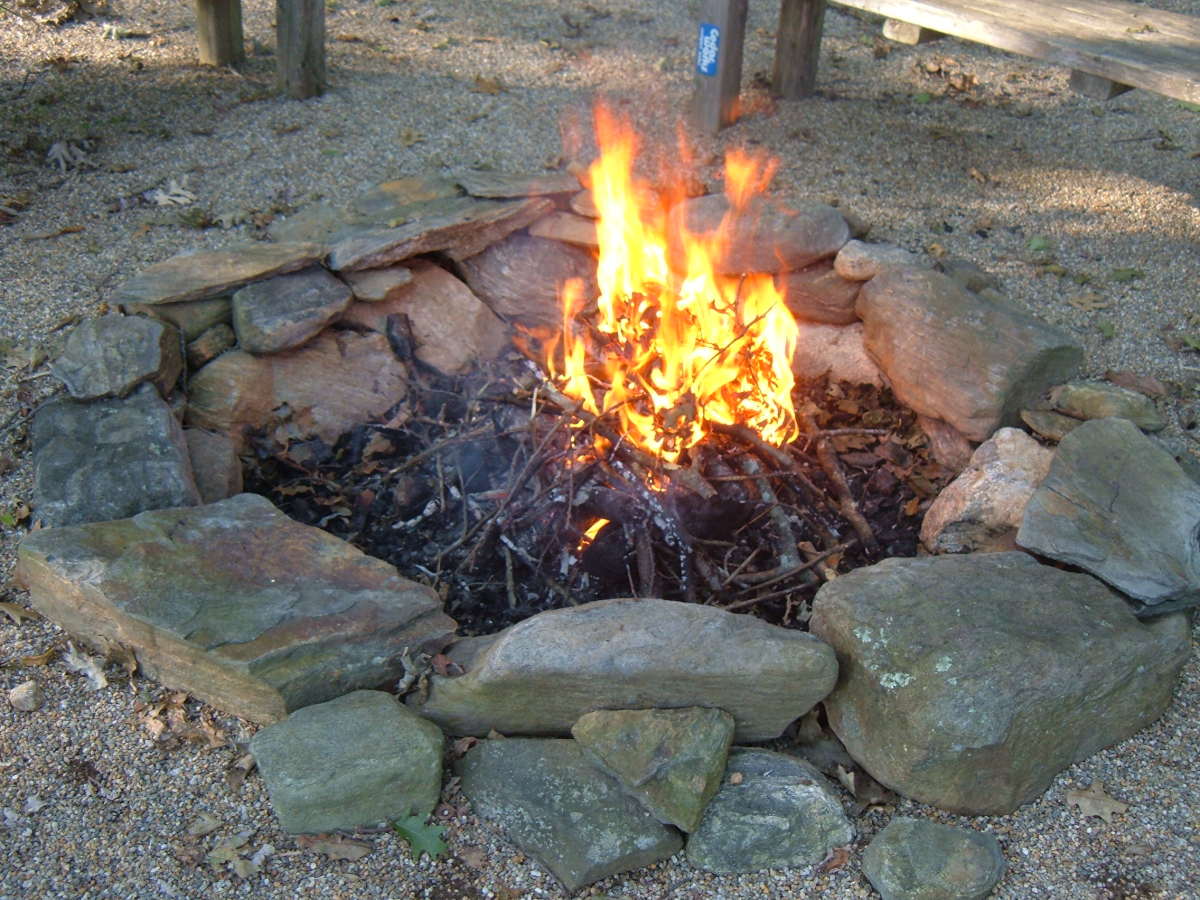Creating a New Planting Bed In the Front Yard | Planting Your First Ornamental Tree
Choosing the Right Spot Is Important For Long Term Satisfaction
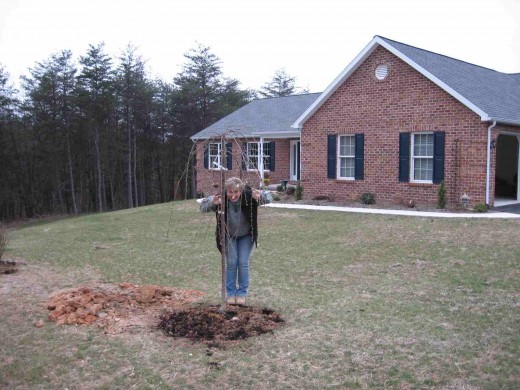
Step by Step Instructions How to Plant a Tree
- Tree Planting - Choosing a Tree
Tree Planting - Learn how to properly plant a tree to ensure its survival.
Your Front Yard Has No Tree: What Do You Do?
Our front yard definitely needed a tree and definitely something more attractive and interesting to look at besides the well pump with the bright blue top. First things first. The first thing to do is decide what kind of tree you want to look at when you enter the driveway and approach the house. Usually this type of tree is an ornamental. Pleasant to look at, not too big and not blocking the view of the house when entering the driveway.
Questions you might ask...How much room do you have for the tree? What will the tree look like throughout the year? Will it be deciduous, losing the leaves in the winter months as the tree rests, or will it be evergreen, keeping the leaves all year? Is a flowering tree preferred or a large shade tree perhaps? Will you want to plant other shrubs or perennials around the tree area? If so, you will need to know how much shade that tree will produce and be prepared to buy shrubs and perennials to accommodate sun or shade accordingly. These are questions that need to be asked before buying a tree.
Trees are expensive, and an investment for the yard for a lifetime perhaps. It is important to make sure before buying and planting that consideration for the long term scope of the front yard is determined. With that said, remember, landscaping can be changed and it is always a work in progress and it changes with the seasons.
Usually a flowering tree stays under 25 feet tall and will likely be some kind of fruit tree like cherry, pear or apple. I like Redbuds too, but the northern zones are too cold for this species. Magnolias are also a lovely ornamental for the front yard. The Southern Magnolia blooms in the fall with big white flowers and the Northern Magnolia blooms in the spring with pink blossoms that look like big tulips. Some people have nicknamed the Northern Magnolia a Tulip tree; however, there is actually a Tulip Tree that gets very tall and does not bloom.
Flowering Trees
Click thumbnail to view full-size




Choose a Tree and a Location to Plant it.
My personal front yard favorites are Weeping Japanese Cherry, Redbuds of any variety, Kousa Dogwood, Washington Hawthorne, and Northern Magnolia. I chose the Weeping Cherry for my front yard and I will tell you why. I wanted a spring flowering tree that would not become too big for the front area. I wanted to plant other shrubs around the well pump and create a large kidney shaped bed to separate the house from the small grove of wooded area at the end of the road. The Weeping cherry would not overtake the bed and would add value to the landscaping in the front yard without blocking the house.
Picking the location of the tree comes before the shaping of the bed. Pick the spot that will compliment the house. Usually off the corner at an angle works well. I chose the spot and dug the initial hole. I picked out the healthiest tree I could find and brought it home for planting.
Planting the Tree
The hole should be dug twice as wide as the root ball, shaped like a wide bowl not a cup. The roots need room to spread. If you plant the tree in a cup the roots can curl underneath the tree instead of reach out into the surrounding soil, not a good thing for roots. Use an amendment of compost material and a root starter to give the tree the best chance possible to thrive and not go into shock. Mix the compost with the soil from the hole 50/50 and put the mixture around the root ball. If the root ball is in burlap, take it off before planting. If tightly potted, slash the root ball a couple times around the sides so roots can start to reach into the soil. Deeply water the tree so that you know the root ball is soaked, but not resting in a bucket of water. If need be, stake the tree for the first year to keep it straight until it roots well. Water the tree deeply every week, in hot temperatures twice a week, for the first year and even the second if rain is minimal. As an example a five foot tree likely needs 5 - 8 gallons of water a week. Take a clean paint bucket a drill a couple holes in the bottom. Use it to water your tree by filling it up. You know that the tree will have received five gallons of water when it is empty. That way there is no guessing game as to how much the tree actually received when watered. Again the investment of money and time is substantial, protect your investment and give it enough water.
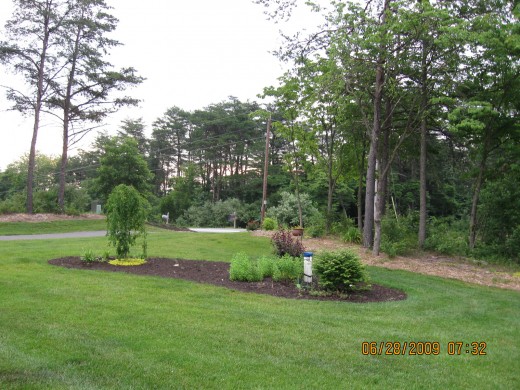
Making Progress
Click thumbnail to view full-size


Starting to define the shape of the kidney shape after the tree is planted
Once the tree is successfully in the ground, it is time to decide the size of the kidney shaped bed. I like to spray round-up or any equivalent where I want the bed to be. Once the grass dies, you can see the actual kidney shape before going through the trouble of planting other shrubs in the wrong places. You can always change your mind as you go along, but this is a good way to begin. Round-up will kill the grass down to the root and make for much less work by not digging up grass to plant other things later.
I definitely wanted the tree closer to the driveway and the kidney to go around the well pump where I proceeded to plant shrubs and perennials that would be sun tolerant. When designing the shape of the bed consider the size of your mower blade and the angle of the turns for easy mowing with the lawn tractor or hand mower and for a lot less needed trimming. Always be thinking about the lowest maintenance possible when designing hardscapes and planting trees and shrubs. For instance, why plant a shrub that will grow six feet in an area that will only tolerate three feet? You will have to be trimming all season. Heck with that. Read the labels on the shrubs you choose to determine the size at maturity and plant accordingly.
Once sprayed do not dig up the grass as it will deteriorate all by itself, just mulch over it with your favorite color mulch and let mother nature do the rest. When you are ready to plant something new, move the mulch over, dig a double wide hole and amend with good compost as you plant according to the previous instructions and move the mulch back around the shrub after watering. Trees and shrubs following the same planting rules. Enjoy experimenting with your yard to add minimal maintenance kind of beds. The birds will come to visit when you have lots of flowering trees and shrubs, so will the butterflies.

